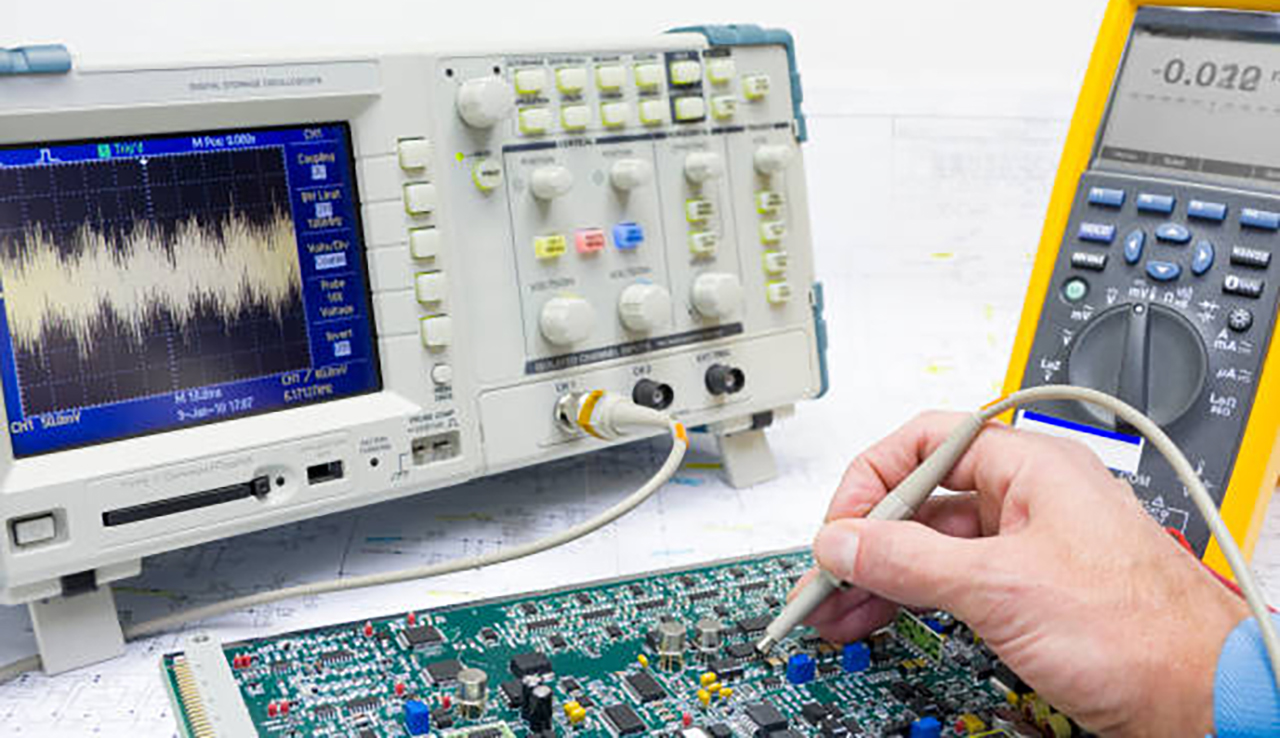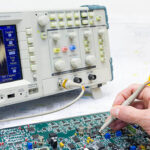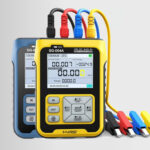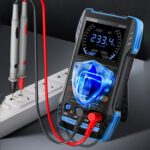In the realm of electronics and signal analysis, digital oscilloscopes and handheld signal generators are essential tools. Both serve distinct functions, yet they complement each other in various applications. Understanding the differences between these two devices can significantly enhance your troubleshooting and testing capabilities. Let’s delve into what sets them apart and how they can be effectively utilized in fields such as telecommunications, aerospace, automotive, manufacturing, and troubleshooting.
What is a Digital Oscilloscope?
A digital oscilloscope is an electronic testing instrument used to observe the varying signal voltages in electronic devices. It captures, stores, and displays these signals as waveforms on its screen, providing a visual representation of how the signals change over time. Here are some key features and uses of digital oscilloscopes:
- Signal Visualization: Digital oscilloscopes allow users to visualize electronic signals, making it easier to diagnose issues in circuits.
- Time and Frequency Analysis: They offer detailed insights into the signal’s frequency, amplitude, and noise, helping in the analysis and troubleshooting of electronic systems.
- Data Storage and Analysis: Modern digital oscilloscopes come with advanced features like data storage, waveform analysis, and triggering functions, making them powerful tools for in-depth signal analysis.
- Versatility: They are used in various fields, including engineering, telecommunications, automotive, and research, due to their versatility in measuring and analyzing complex signals.
What is a Handheld Signal Generator?
A handheld signal generator, on the other hand, is a device that generates electronic signals of varying frequencies and amplitudes. It is used to test and calibrate electronic circuits by providing known test signals. Here are the primary functions and applications of handheld signal generators:
- Signal Creation: They produce different types of electronic signals, such as sine waves, square waves, and pulses, which are essential for testing and debugging electronic circuits.
- Testing and Calibration: Handheld signal generators are crucial for testing the performance of various electronic components and systems by providing consistent and reliable test signals.
- Compact and Portable: Their handheld design makes them portable and easy to use in various environments, from laboratories to fieldwork.
- Versatility: They are widely used in industries like telecommunications, electronics manufacturing, and maintenance, offering flexibility in generating signals for diverse applications.
Key Differences Between Digital Oscilloscopes and Handheld Signal Generators
While both digital oscilloscopes and handheld signal generators are vital in electronic testing and measurement, they serve different purposes. Here are the main differences:
- Functionality:
- Digital Oscilloscope: Primarily used for observing and analyzing signal waveforms.
- Handheld Signal Generator: Used to create and inject signals into circuits for testing and calibration.
- Usage:
- Digital Oscilloscope: Ideal for diagnosing and troubleshooting electronic circuits by visualizing the signal behavior.
- Handheld Signal Generator: Essential for providing test signals to ensure circuits operate correctly under various conditions.
- Portability:
- Digital Oscilloscope: Typically larger and more stationary, though portable models are available.
- Handheld Signal Generator: Compact and designed for on-the-go use, making them suitable for fieldwork and quick diagnostics.
- Complexity:
- Digital Oscilloscope: Offers more complex and detailed analysis features, including data storage and advanced triggering.
- Handheld Signal Generator: Simpler to operate, focusing on generating signals rather than analyzing them.
Both digital oscilloscopes and handheld signal generators are indispensable tools in the electronics industry. By understanding their differences and respective applications, you can optimize your testing and troubleshooting processes, ensuring more efficient and accurate results.
Whether you’re in telecommunications, aerospace, automotive, manufacturing, or simply troubleshooting, these devices will significantly enhance your capabilities. For more information on high-quality digital oscilloscopes and handheld signal generators, visit our shop at [fnirsidso.com] and explore our wide range of professional-grade equipment.
Enhance your electronic testing and calibration with our top-of-the-line digital oscilloscopes and handheld signal generators, and stay ahead in your field with precision and confidence.






